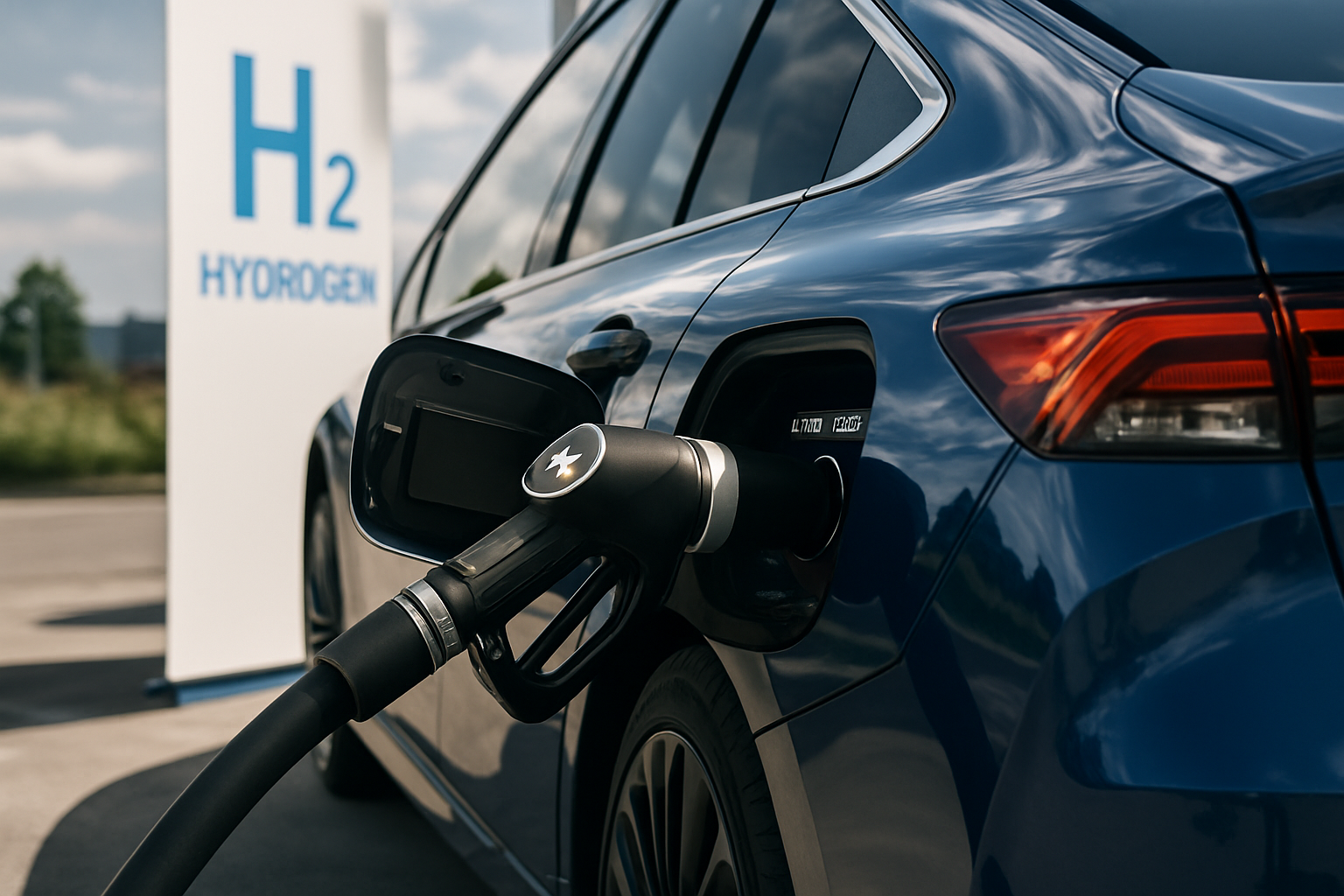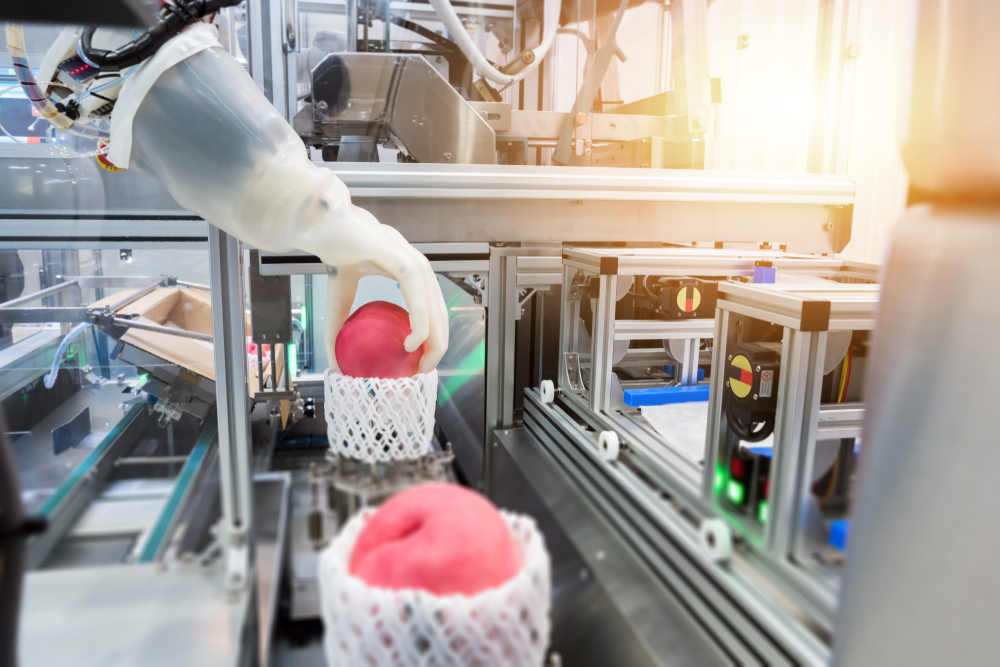"Reimagining the Future: The Role of Hydrogen Fuel Cells in Automotive Industry"
Introduction: Imagine a world where cars emit nothing but water vapor, a byproduct so harmless it could be sipped in a cup of tea. This is not a distant dream but a reality that hydrogen fuel cell technology promises to bring. Let's delve into this fascinating topic, exploring its history, current trends, and the potential it holds for the future of the automotive industry.

A Glimpse into the Past: The Genesis of Hydrogen Fuel Cells
The concept of hydrogen fuel cells is not a recent invention. It dates back to the 19th century when Sir William Grove, a British scientist, discovered the principle of fuel cells. However, it wasn’t until the mid-20th century that this technology found its application in the automotive industry. The first hydrogen fuel cell car, the GM Electrovan, was introduced in 1966. Despite its groundbreaking technology, the Electrovan was not commercially viable due to the high costs and technical challenges associated with hydrogen fuel cells.
The Present Scenario: Hydrogen Fuel Cells in Today’s Automotive Landscape
Fast forward to the present day, and hydrogen fuel cell technology has made significant strides. Several automakers, including Toyota, Honda, and Hyundai, have launched hydrogen fuel cell vehicles (FCVs) in select markets. These vehicles offer several advantages over traditional internal combustion engines, such as zero harmful emissions, greater energy efficiency, and quick refueling times. However, challenges remain, including the lack of a robust hydrogen refueling infrastructure and the high costs of producing and storing hydrogen.
The Future Outlook: Potential and Challenges of Hydrogen Fuel Cells
Looking ahead, hydrogen fuel cells hold immense potential for the automotive industry. They offer a sustainable and efficient alternative to fossil fuels, aligning with global efforts to combat climate change. Moreover, advancements in technology and economies of scale could potentially bring down the costs associated with hydrogen fuel cells, making them more accessible to the masses.
However, realizing this potential is not without challenges. Developing a comprehensive hydrogen refueling infrastructure is a significant hurdle. Additionally, producing hydrogen in a sustainable and cost-effective manner remains a challenge. Currently, most hydrogen is produced from natural gas, a process that emits carbon dioxide. Transitioning to greener methods of hydrogen production, such as electrolysis powered by renewable energy, is crucial for the long-term viability of hydrogen fuel cells.
The Impact: How Hydrogen Fuel Cells Could Transform the Automotive Industry
Despite these challenges, the impact of hydrogen fuel cells on the automotive industry could be transformative. They could pave the way for a new era of sustainable mobility, reducing our reliance on fossil fuels and curbing greenhouse gas emissions. Moreover, they could spur innovation and create new jobs in the automotive and energy sectors, driving economic growth.
In conclusion, hydrogen fuel cells present a compelling vision for the future of the automotive industry. While challenges remain, the potential benefits are too significant to ignore. As we continue to innovate and push the boundaries of what’s possible, the dream of a world powered by clean, sustainable energy may soon become a reality.





